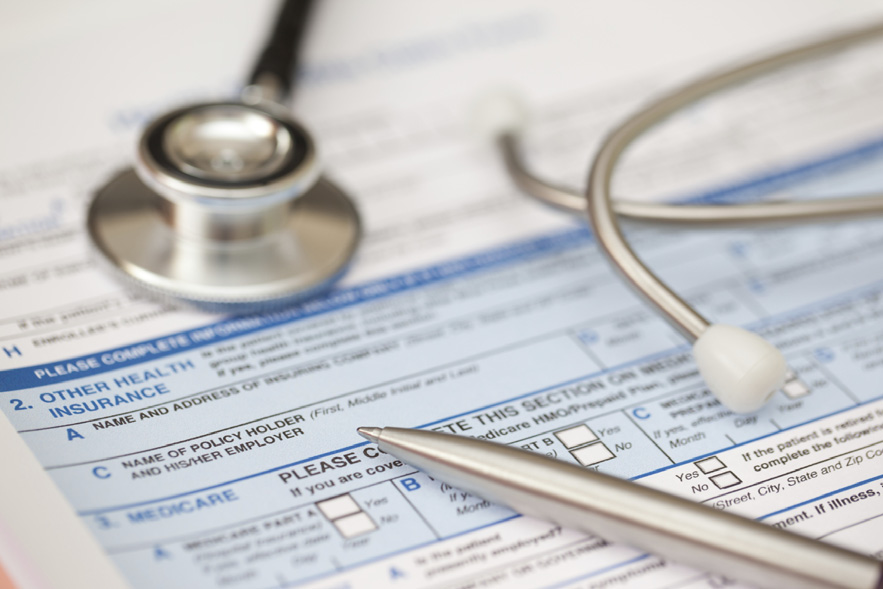The One Big Beautiful Bill Act (OBBBA), signed into law by President Donald Trump on July 4, 2025, includes tax reform provisions aiming to boost U.S. manufacturing and the economy. It restores 100% bonus depreciation for certain assets and introduces immediate expensing of real property for Qualified Production Property (QPP). These changes, effective for assets acquired or construction that begins after January 19, 2025, offer tax savings for businesses with an emphasis on manufacturers.
100% Bonus Depreciation
The OBBBA reinstates 100% bonus depreciation, allowing businesses to deduct the full cost of qualifying assets immediately. This reverses the Tax Cuts and Jobs Act (TCJA) phase-down (40% in 2025, 20% in 2026, 0% thereafter).
Qualified assets must be acquired after January 19, 2025, which is generally when the taxpayer obtains ownership of the asset. This will require the binding written contract requirements to be reviewed in order to ensure the proper acquisition date.
Eligible Assets
- Assets with a recovery period of 20 years or less (e.g., machinery, equipment, specialty electrical, plumbing and HVAC equipment hook-ups, vehicles, some software, land improvements).
- Interior improvements to nonresidential buildings (e.g., walls, ceilings, lighting, flooring) with a 15-year recovery period.
- Exclusions: Elevators, escalators, building enlargements, roofing, exterior windows/doors.
Note: Assets under a binding contract before January 19, 2025, may only qualify for 40% depreciation under TCJA rules. In addition, taxpayers can elect for the first taxable year to not apply bonus depreciation but instead utilize 40% bonus depreciation.
Qualified Production Property (QPP)
The OBBBA allows 100% bonus depreciation for nonresidential real property (e.g., manufacturing facilities) used in production activities like manufacturing or refining of a qualified product where substantial transformation takes place.
QPP Eligibility
- Must be nonresidential real property used in manufacturing, production or refining.
- Only production-related areas qualify (offices, breakrooms, etc., are excluded).
- Construction must begin after January 19, 2025, and before January 1, 2029.
- Property must be placed in service in the U.S. or its possessions before January 1, 2031.
- Must be originally used by the taxpayer
- Taxpayers must elect the special depreciation allowance.
| Qualified Production Facility (New) | Qualified Production Facility (Acquired) |
|---|---|
| 1. Used by the taxpayer as an integral part of a qualified production | 1. Used by the taxpayer as an integral part of a qualified production |
| 2. Placed in service in the U.S. or any possession of the U.S. | 2. Placed in service in the U.S. or any possession of the U.S. |
| 3. Original use of which commences with the taxpayer | 3. Property was not used by the taxpayer prior to acquisition |
| 4. Construction begins after January 19, 2025 and before January 1, 2026 | 4. Acquired after January 19, 2025 and before January 1, 2029 |
| 5. Placed in service before January 1, 2031 | 5. Placed in service before January 1, 2031 |
| 6. Property was not used in a qualified production activity by any person during the period beginning January 1, 2021 and ending on May 12, 2025 | |
| 7. Not purchased from related parties as defined in §179(d)(2) |
Get the Latest Tax and Legislative Developments
Withum’s National Tax Policy and Legislative Updates Resource Center is your go-to source for timely updates on tax law and legislative changes. Our team is closely monitoring sweeping tax reform changes, shifting tariffs and tax industry updates, delivering in-depth analysis and actionable insights.
Recapture Rule
If QPP is repurposed for non-production use within 10 years, the depreciation is recaptured at the ordinary income tax rate.
QPP Exclusions
- Residential properties (e.g., apartments).
- Non-production facilities (e.g., offices, parking, research facilities).
- Properties outside the U.S.
- Properties with construction starting before January 19, 2025, or after December 31, 2028.
- Properties placed in service after December 31, 2030.
Key Considerations
- Cost Segregation Studies: Identify building components eligible for standard or QPP bonus depreciation.
- State Taxes: Most states do not conform to bonus depreciation, therefore resulting in an addback for state income tax purposes. Further clarification will be provided by states throughout the next year as to whether they will conform to the bonus depreciation and qualified production property provisions. As most states conform to Section 179, businesses should continue to evaluate if Section 179 rules are applicable.
- IRS Guidance: Monitor for updates as IRS clarifies OBBBA rules.
Other Incentives in the OBBBA
- Increased Section 179 deduction (up to $2.5 million, phase-out at $4 million).
- Reinstates full and immediate expensing for research expenditures for tax years starting after 12/31/2024.
- Provides for the interest expense limitation rules to be determined after adding back depreciation, amortization and depletion. The bill also clarifies that the 163(j) interest expense capitalization rules apply to both business interest expense and business interest that was capitalized under an interest capitalization provision.
- Additional provisions included in the OBBBA are outlined here.
Contact Us
For tailored advice and assistance, contact Withum’s Manufacturing and Distribution Services Team to explore compliance strategies and maximize available tax benefits, particularly as IRS guidance evolves.







